Although image quality and accurate colour reproduction is not a priority in any gaming display, the results still matter, as a general overview of the panel capabilities.
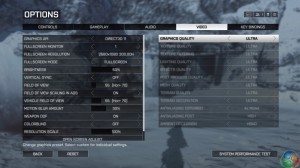
We used Battlefield 4 to test the Acer Predator Z35, a game that might be getting a little long in the tooth now, but ensures frame rates up to 200fps are easy to attain, and provides a useful tool for comparison with many other displays we have tested using the same game.
First off we tried the Acer Predator Z35 in 144Hz G-Sync mode. And it behaved mostly like other displays running at this refresh rate, albeit with the form factor of a 35-inch 21:9 display. Very nice.
We then switched 200Hz on in the menus. Getting Battlefield 4 to run with ultra detail at anything close to this refresh rate required us to swap the GPU, and we expect some modern games may not run at that speed at native resolution even on high end cards. And of course, 200Hz provided a lovely smooth gaming experience. Although we think at these speeds, the differences weren’t noticeable enough to make the 200Hz setting a particular advantage over 144Hz displays.
100 per cent sRGB with 84 per cent Adobe, is slightly better than many displays.
Brightness varies by as much as 15 per cent on the Acer Predator Z35.
The 1.8 gamma setting was out by 0.2 while the 2.2 setting was bang on.
At maximum brightness, the Z35 achieves over 400 cd/m2, with the same excellent contrast levels of VA panel technology, clearly superior to either IPS or TN panels. That said the Z35 does not appear particularly brighter than other displays, and actually looks less bright than some monitors that attain a lower result in this test.
Eco lowers the brightness, Movie and Standard have the lowest black points. The white point is only off the 6500K target by 100, which is a good result.
Colours accuracy hovers around 2, a little higher than modern 10-bit IPS displays, which are usually around 1. But it’s a gaming display so the difference isn’t anything you’ll lose sleep over.
Oddly, the AdobeRGB drops to 82 per cent when the screen is calibrated.
The 2.2 gamma setting remains accurate.
And the accuracy reaches a Delta E of around 1, much better.
 KitGuru KitGuru.net – Tech News | Hardware News | Hardware Reviews | IOS | Mobile | Gaming | Graphics Cards
KitGuru KitGuru.net – Tech News | Hardware News | Hardware Reviews | IOS | Mobile | Gaming | Graphics Cards



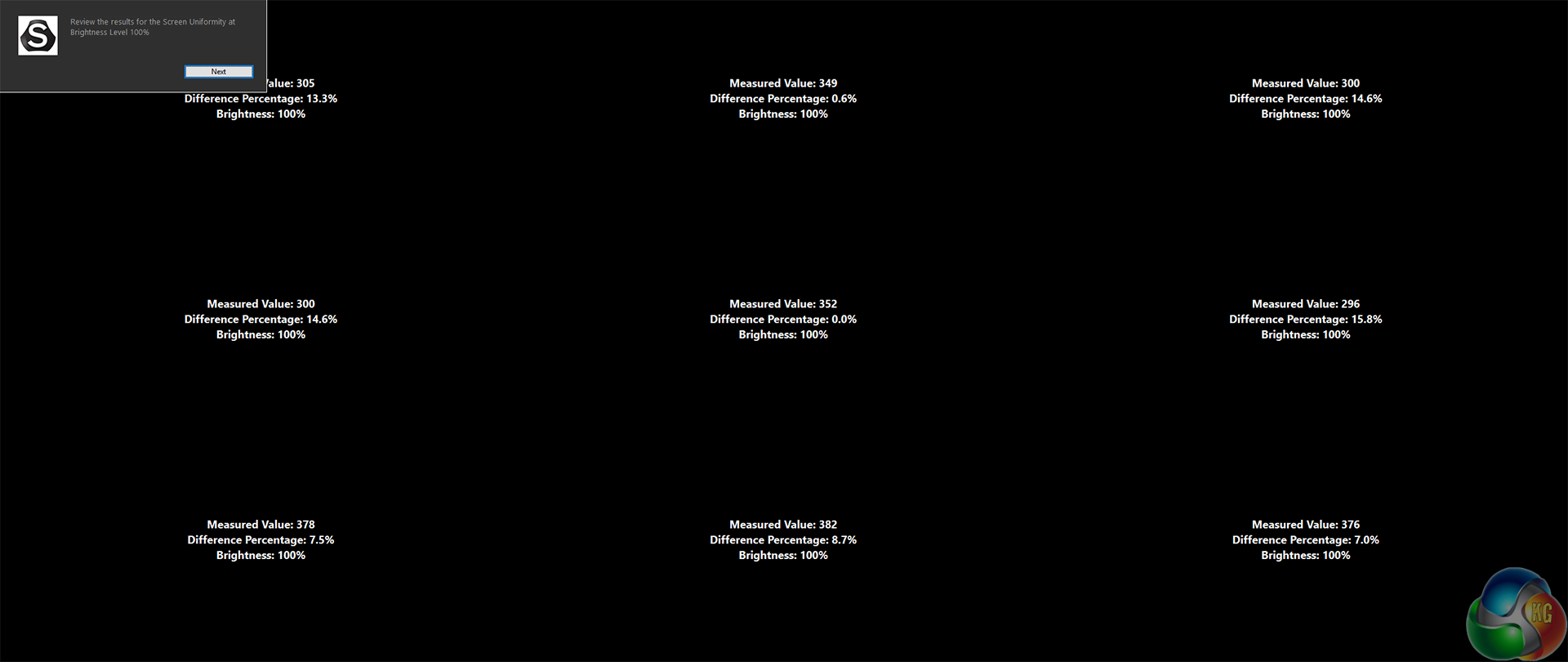
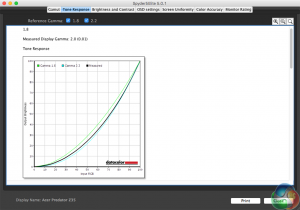
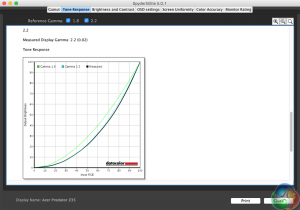
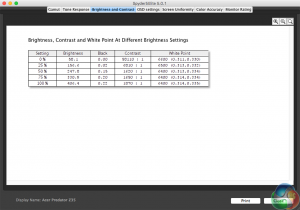
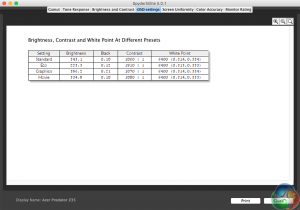
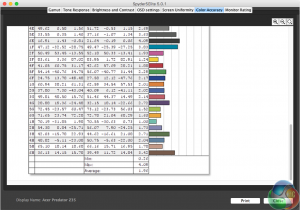
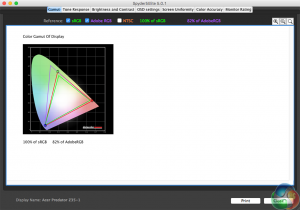
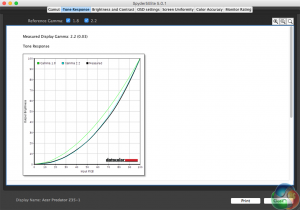
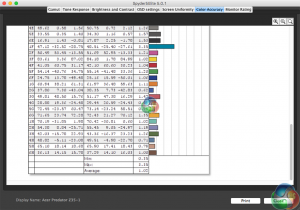

Under Specifications you have this listed as 2560×1440, “Native resolution: 2,560 x 1,440”
This monitor has worse pixel response time at 200Hz than the acer and Asus 1440p monitors do at 144hz. It’s tragic. Had the potential to be a great monitor.
thanks, we fixed that error.
That tiny resolution on that size of panel seems bizarre.
Get the LG 34MU98-W its great and works.
great design, but poor panel.